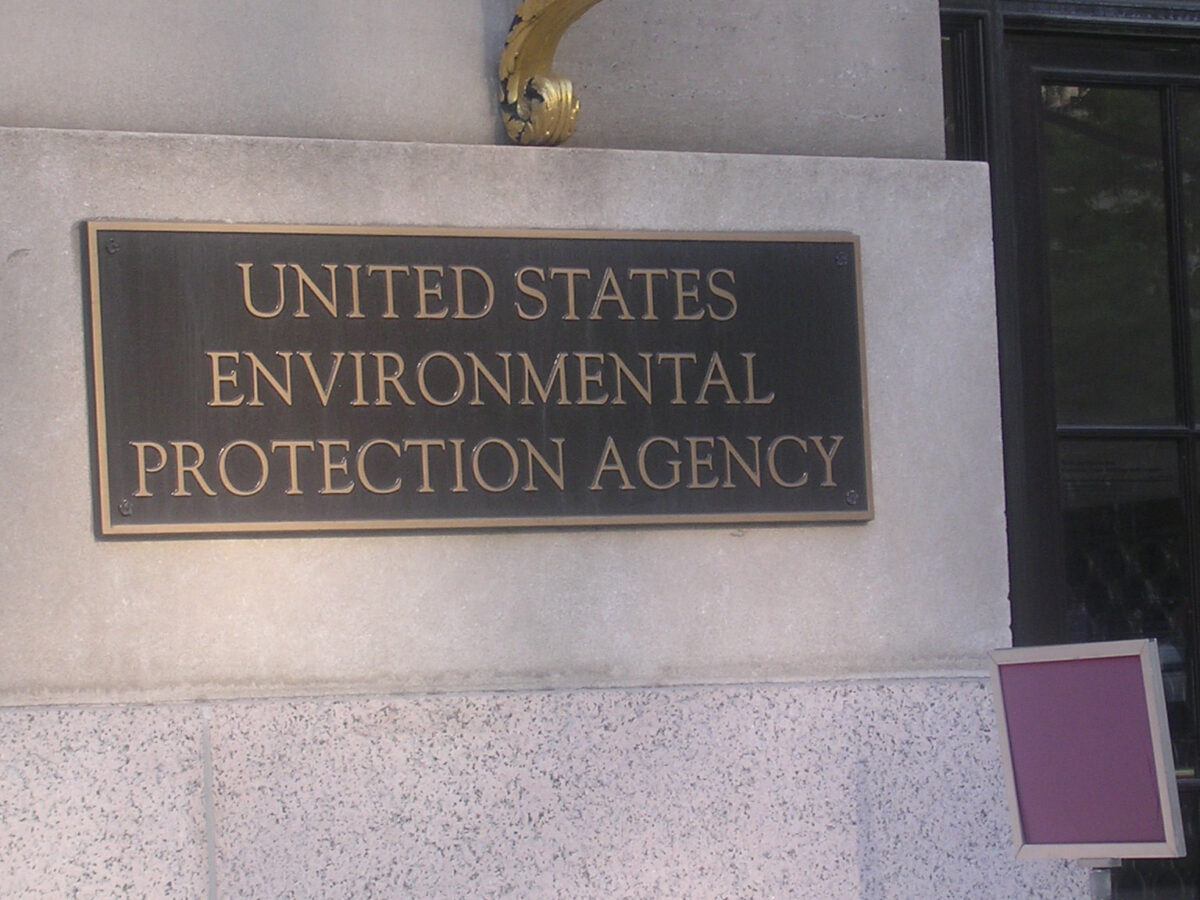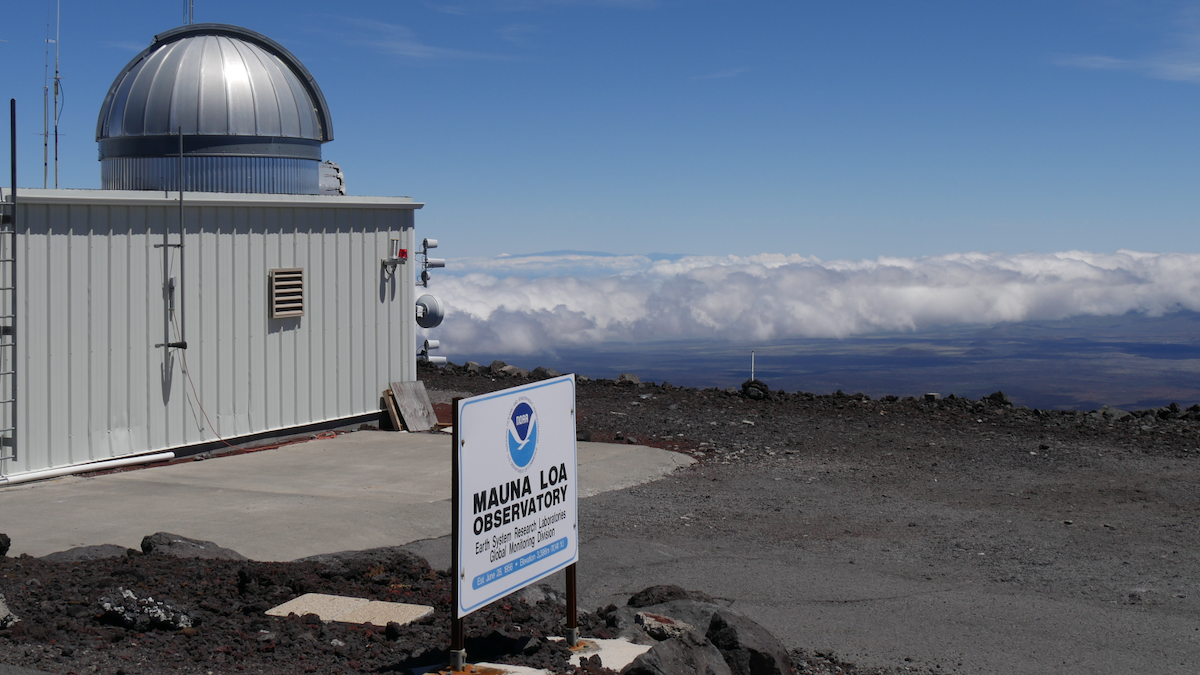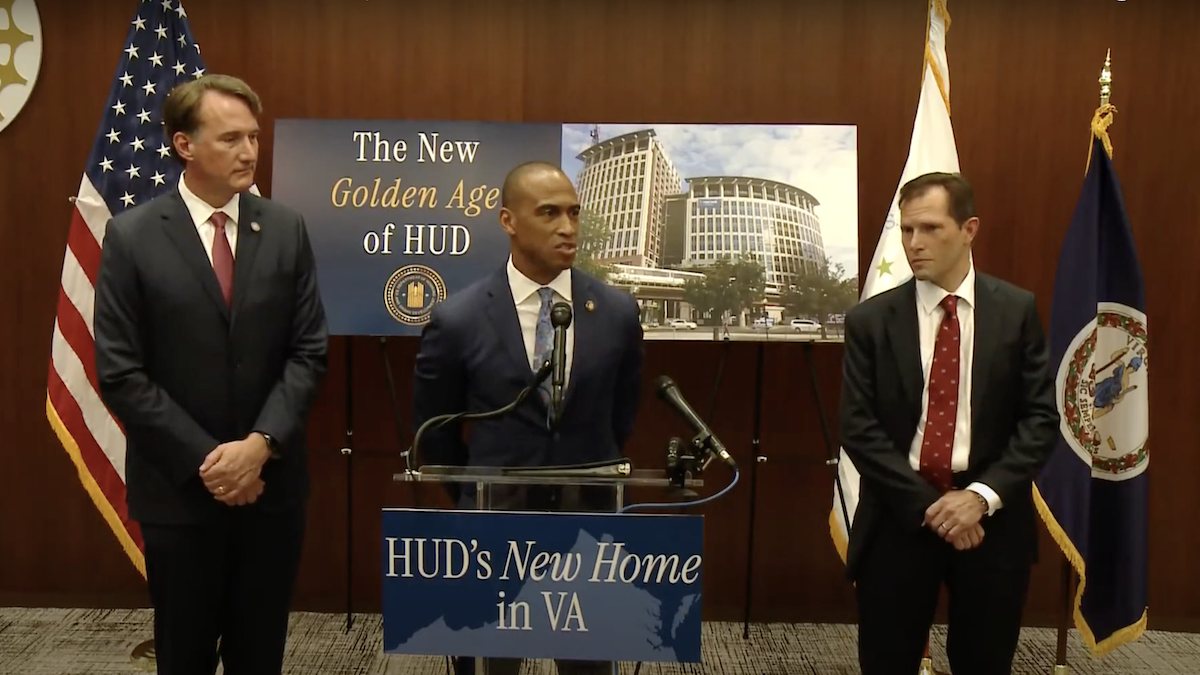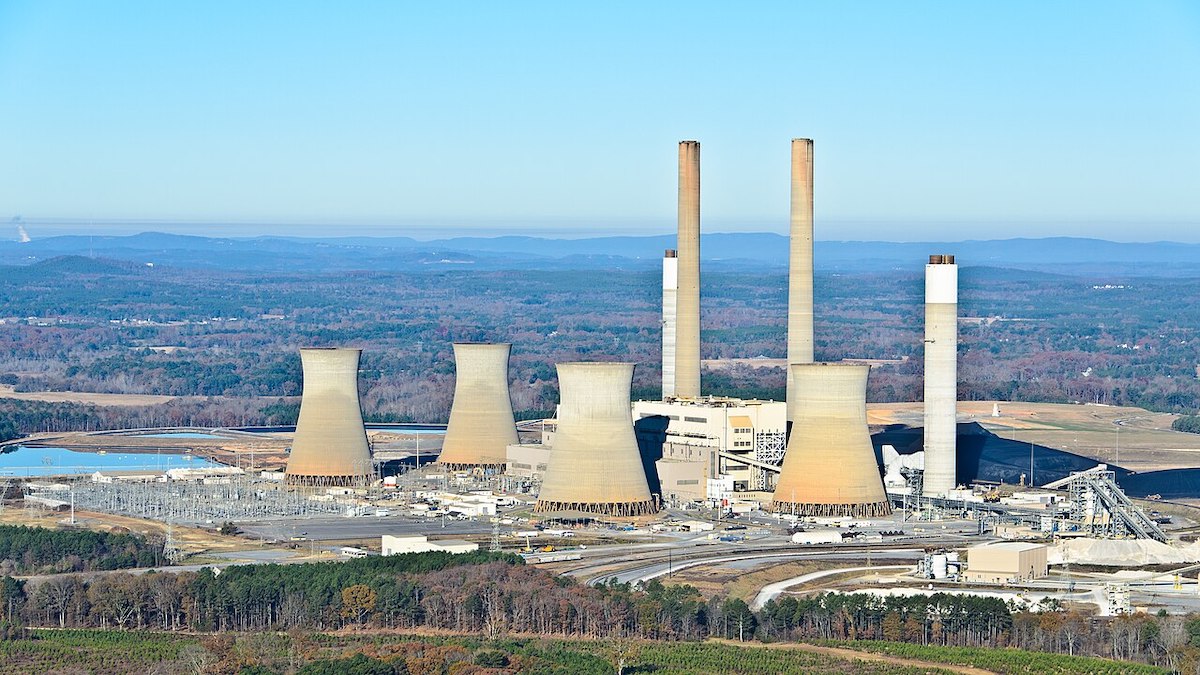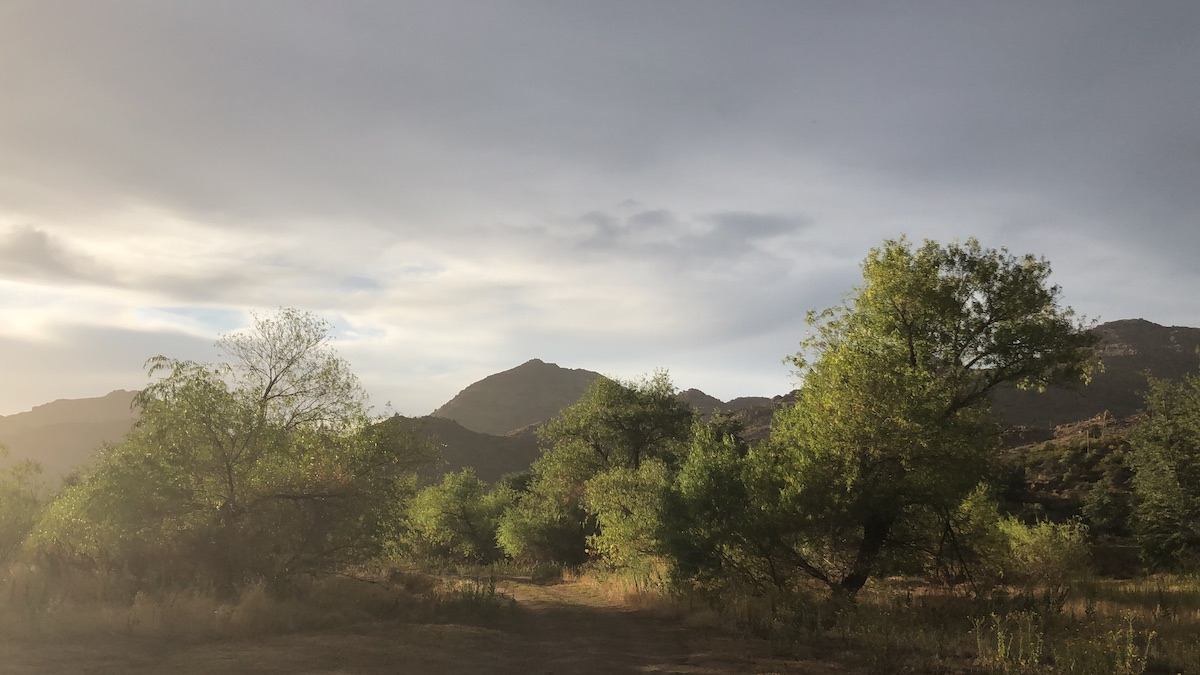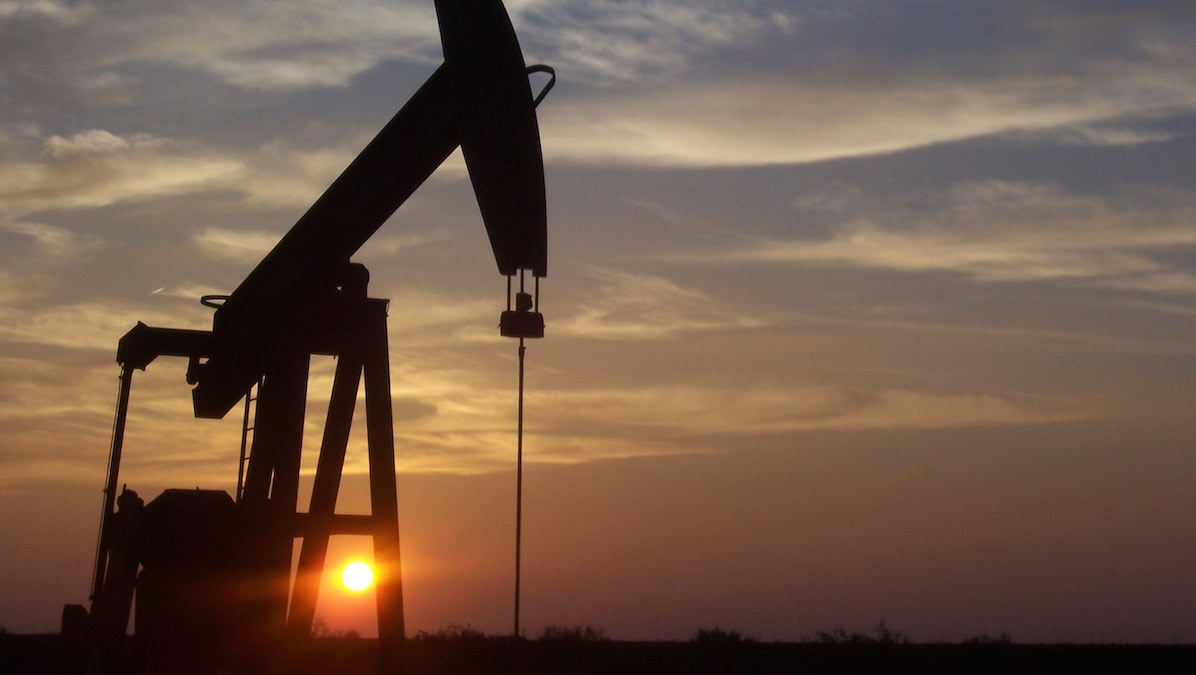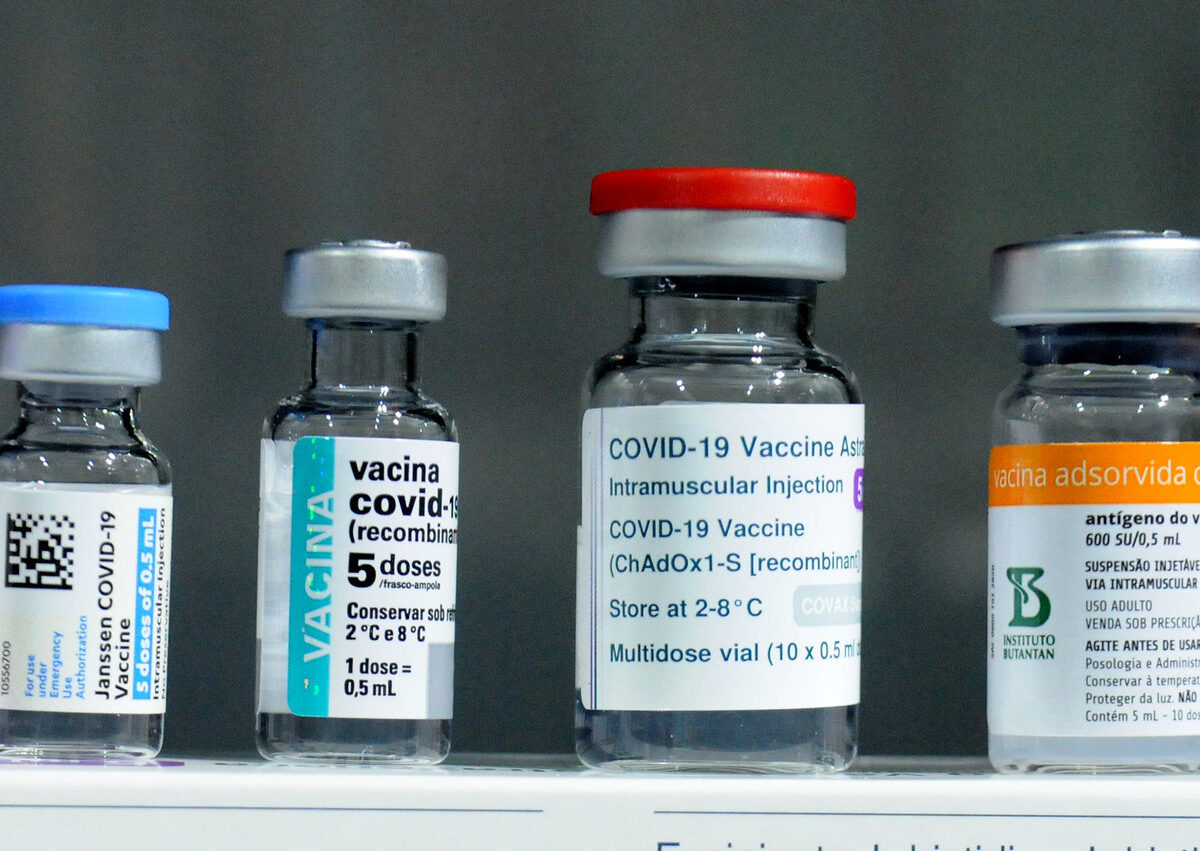A group of EPA scientists who signed an open letter voicing their dissent to Trump administration policies have been placed on administrative leave.
science policy
Proposed NOAA Budget Calls for $0 for Climate Research
In the latest move in a months-long attack on climate science funding, the Trump administration released a budget document on 30 June that calls for zero funding for climate research and the elimination of a slew of NOAA services, including the agency’s climate laboratories, regional climate data efforts, tornado and severe storm research, and partnerships with other institutions.
National Science Foundation Staff Booted From Headquarters
Staff at the National Science Foundation (NSF) were notified on 25 June that the agency’s office space, located in Alexandria, Va., will be taken over by Department of Housing and Urban Development (HUD) staff, raising the question of where more than 1,800 NSF employees will work.
What’s Changed—and What Hasn’t—Since the EPA’s Endangerment Finding
A scientist-authored brief played a role in the 2009 determination that greenhouse gases endanger public health. With the finding now up for reconsideration, the same scientists revisit their opinion.
EPA Proposes Removal of Carbon Dioxide Limits on Power Plants
On 11 June, the Environmental Protection Agency announced a proposal to repeal federal limits on power plant carbon emissions, including a Biden-era rule requiring power plants to control 90% of their carbon pollution and a 2015 standard limiting carbon dioxide emissions from new fossil fuel-fired power plants.
Former Department of Energy Leader Reflects on a Changing Landscape
The first person of color and first Earth scientist to serve as director of the Department of Energy’s Office of Science reflects on her career as the new administration works to dismantle key diversity programs.
Trump Withdraws Nomination for NASA Administrator
In a move that worried politicians and space scientists alike, President Trump announced on 31 May that he will withdraw his nomination of Jared Isaacman for the position of NASA administration.
Supreme Court Rejects Tribal Appeal to Halt Planned Copper Mine
On 27 May, the United States Supreme Court declined to hear arguments from a group of Apache leaders challenging a copper mine that would damage land that tribe members consider sacred, according to the Los Angeles Times.
House Passes Megabill Slashing Environmental Protections
Early on 22 May, the U.S. House of Representatives passed a massive GOP-backed bill that seeks to push forward President Trump’s domestic policy agenda. Within the bill’s 1082 pages are sweeping repeals of regulations that defend the environment, mitigate climate change, and protect public health.
Government Will Reduce Access to COVID-19 Vaccine
Officials from the Food and Drug Administration (FDA) announced on Tuesday that only adults older than 65 and people with specific medical conditions will be considered eligible for COVID-19 vaccinations this fall.

